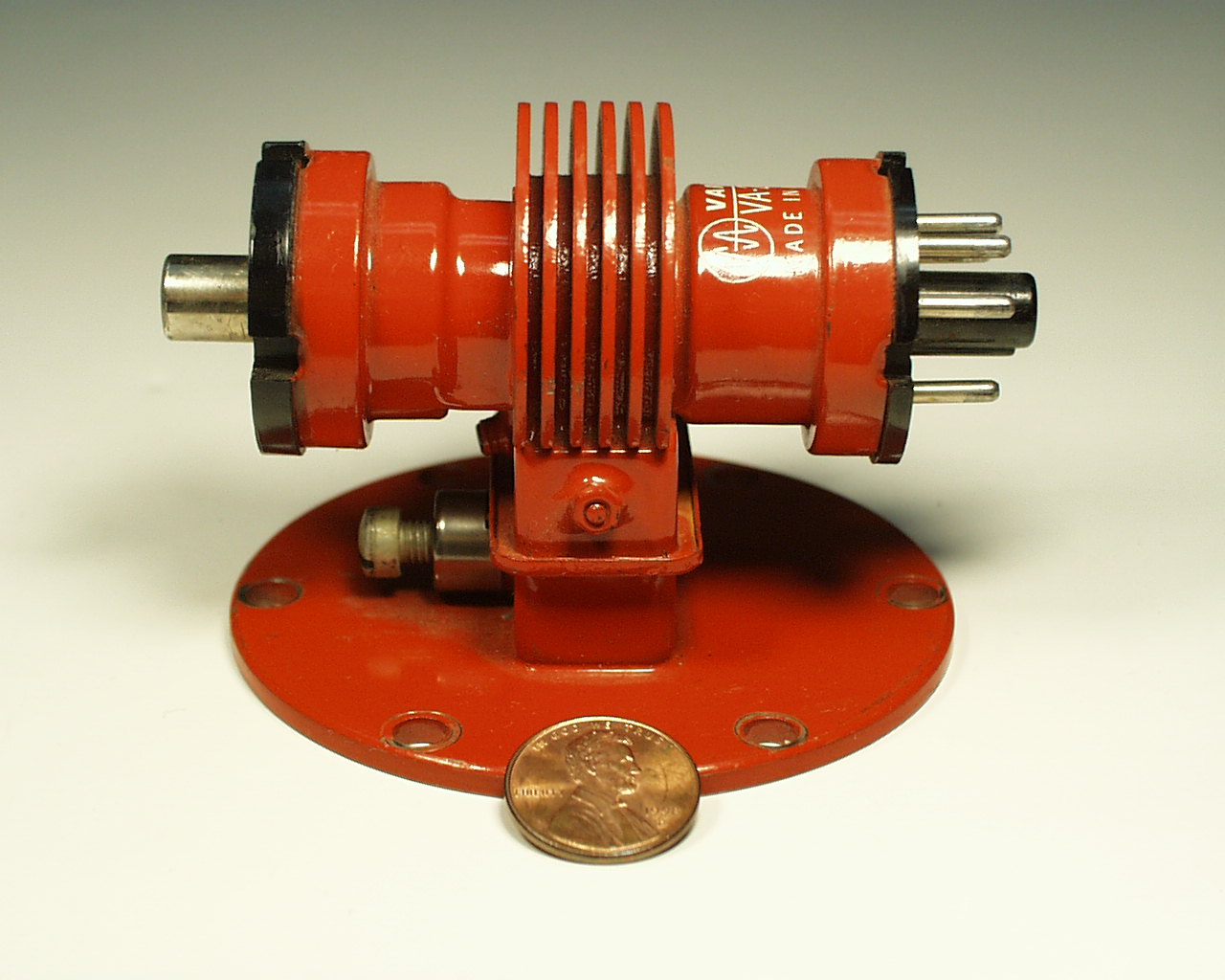Start out with a Nitrogen TEA gas laser. Get the goggles first, as 337nm is going to leave scars on your eyeball if it hits you. Then move on to pure nitrogen transverse excitation types, carbon dioxide and helium-neon. Look up Venturi pumps to save a bit of money at this point. Then move on to pulsed oxygen, copper vapor, iodine and so forth.
At some point, you will either stop, or move on to the maser, or decide that you would rather use the skills you acquired in building your own linear accelerator and then move on to a synchrotron instead. Then you're screwed, and hopefully loving it. Then your wife, or the FCC, whichever finds out first, will put a stop to it. Either way, the maser remains a long shot.







